E-commerce has dramatically transformed global retail, growing from a niche option into a central component of today’s economy. This evolution is driven by the widespread digitalization of daily life, providing consumers with unprecedented convenience and easy access to online shopping.
The scale of this growth is remarkable. Statista reports that with over five billion internet users globally, online shopping continues its sharp ascent. Retail e-commerce sales are projected to exceed $4.3 trillion in 2025, with figures expected to climb even higher thereafter.
In such a vast and competitive marketplace, where entry is easy but winning customer attention is difficult, merely having an online presence is not enough. The core differentiator for businesses is the online shopping experience itself. Consumers demand personalization, speed, transparency, and seamless interaction across all devices.
This article explores innovative strategies businesses are adopting to deliver more engaging, efficient, and customer-centric online shopping experiences.
Personalization Through AI and Machine Learning

Artificial intelligence (AI) and Machine Learning (ML) are revolutionizing e-commerce by delivering personalized experiences tailored to individual customer behaviors.
The impact is substantial. Exploding Topics reports that AI played a role in $60 billion worth of sales during “Cyber Week” in 2024. Furthermore, in 2025, over half of consumers intend to use AI for price comparison, product searches, and personalized recommendations during the holiday shopping season.
ML algorithms analyze browsing and purchase data to power these experiences. These systems generate highly relevant product recommendations and dynamically adjust homepage content based on user data. They also use predictive analytics to anticipate customer needs, suggesting complementary products or replenishment reminders.
AI-powered search further supports this by understanding natural language and delivering accurate results even with vague queries. By leveraging all these techniques, these intelligent systems create increasingly relevant experiences that feel custom-built for each shopper.
Intelligent Conversational Assistants for Customer Engagement

AI-powered conversational assistants are transforming customer engagement by acting as intelligent, always-available personal shoppers. These tools analyze browsing behavior and purchase history to deliver tailored product recommendations that simplify decision-making and boost customer satisfaction.
Research consistently shows that personalized suggestions significantly increase purchase intent by making users feel understood and valued. AI-based website revenue agents take this further by using advanced natural language processing (NLP) and machine learning (ML). These technologies enable them to hold human-like conversations, answer questions, and guide users through the buying journey.
According to the Connection Model, AI agents are expected to handle up to 85% of customer interactions by 2029. These intelligent systems reduce operational costs and improve conversion rates. They also gather actionable insights from customer conversations, which strengthen marketing strategies and help brands refine their digital experiences over time.
Mobile-First Design and Progressive Web Apps
Mobile commerce dominates online retail, necessitating a mobile-first design strategy for competitive success. Data confirms the dominance of mobile commerce. It drove $2.2 trillion in sales in 2023, now making up 60% of all global e-commerce sales.
To capture this market, retailers are utilizing Progressive Web Apps (PWAs), which offer app-like speed and functionality without requiring a download. Key to the design is touch optimization, featuring large buttons, simplified navigation, and seamless vertical scrolling layouts.
Critical focus areas include:
- Payment friction: Integrating mobile payment options like digital wallets and one-click checkout.
- Speed: Utilizing image compression and efficient coding to ensure quick page load times, preventing abandonment.
- Engagement: Leveraging push notifications and camera integration for visual search and Augmented Reality (AR) product visualization.
Mobile-first thinking ensures a consistent, high-performing experience, recognizing the smartphone as the primary shopping device for millions.
Augmented Reality and Virtual Try-On Features

AR technologies effectively bridge the divide between the physical and digital shopping worlds. They let customers visualize products within their own environments before they commit to a purchase.
The substantial business impact of AR is clear. GlobeNewswire reports that virtual try-on technology leads to a 200% surge in conversions and a 25% reduction in product returns. This success is confirmed by consumers, with 70% stating that AR features like virtual mirrors improve their shopping experience.
Examples include furniture retailers placing virtual items in homes or fashion brands overlaying clothing and makeup onto live video feeds. These immersive experiences reduce the purchase anxiety associated with buying products sight unseen, dramatically decreasing returns while increasing customer confidence.
As AR becomes more accessible, these features are transitioning from a novelty item to a standard consumer expectation. This evolution creates engaging, shareable moments that directly influence purchasing decisions, particularly where physical appearance is key.
Streamlined Checkout and Multiple Payment Options
Friction during checkout is the most critical conversion killer in e-commerce, making optimization essential for maximizing revenue. The simplicity of the checkout experience heavily influences consumer choice. According to a PYMNTS study, 50% of shoppers consider it when deciding where to buy.
As the study highlights, anything that makes processes quicker and easier with fewer obstacles drives customer excitement and engagement.
To achieve this, retailers offer guest checkout and auto-fill functionality to speed completion. Multiple payment methods, including digital wallets, buy-now-pay-later, and one-click checkout, cater to diverse customer preferences.
Transparency is also crucial. Early presentation of shipping costs prevents surprises. Furthermore, post-purchase recovery sequences and personalized reminders help recapture lost sales. Every second and every field eliminated from the checkout process directly translates into improved conversion rates and increased revenue.
Frequently Asked Questions
What do Gen Z shoppers want from online shopping?
Gen Z shoppers prioritize speed, convenience, and seamless mobile experiences. They value personalized recommendations, interactive features like AR try-ons, sustainable and ethical products, and multiple payment options. Social media integration, user-generated reviews, and engaging, visually appealing platforms also influence their buying decisions.
What metrics should retailers track to measure online shopping experience improvements?
Key metrics include conversion rate, cart abandonment rate, average order value, time on site, bounce rate, customer lifetime value, and net promoter score. Track page load speeds, checkout completion rates, and return rates. Qualitative feedback through surveys and usability testing provides context for quantitative data and identifies specific improvement opportunities.
Are augmented reality features worth the investment for all product categories?
AR delivers the highest ROI for products where visualization significantly impacts purchase confidence, like furniture, home décor, fashion, eyewear, and cosmetics. Categories that sell standardized items with minimal visual variation benefit less. Evaluate customer feedback, requesting better visualization, and analyze return rates due to appearance mismatches before investing in AR development.
Optimizing online shopping experiences requires a blend of technology, personalization, and seamless user interactions. AI, AR, mobile-first design, and streamlined checkout processes elevate customer satisfaction and drive conversions. By embracing these innovative strategies, retailers can stay competitive, build loyalty, and deliver engaging, efficient shopping journeys for all consumers.



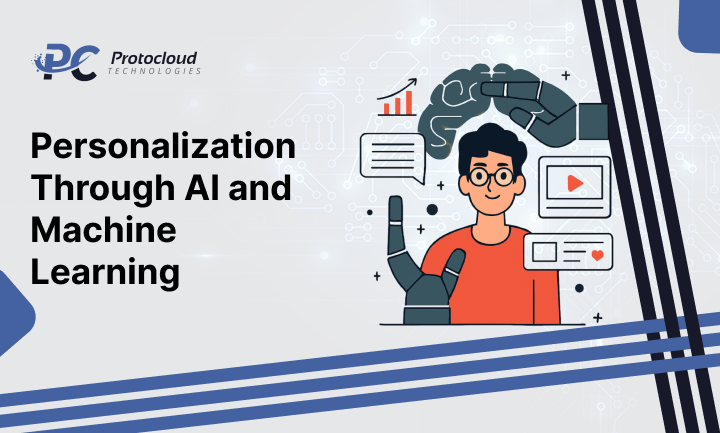
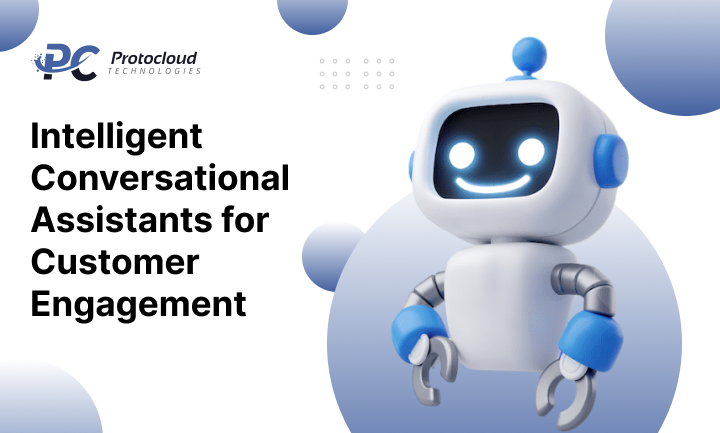
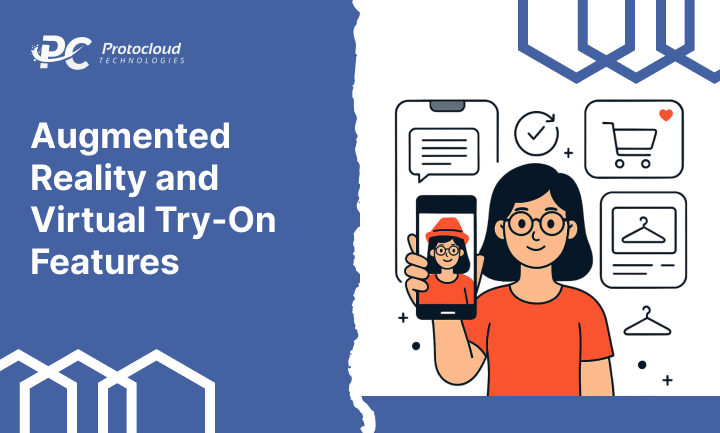



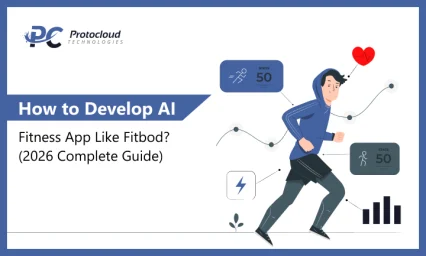
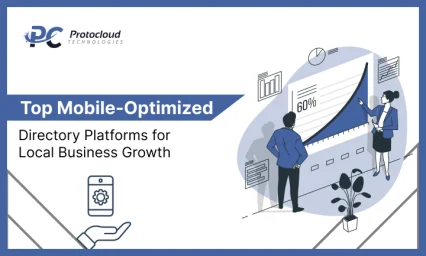
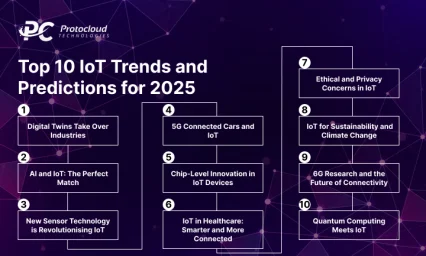


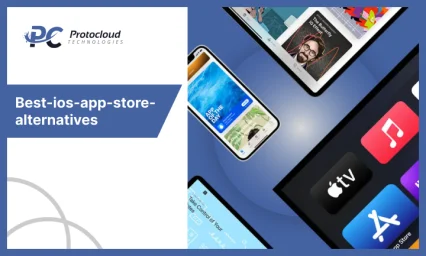

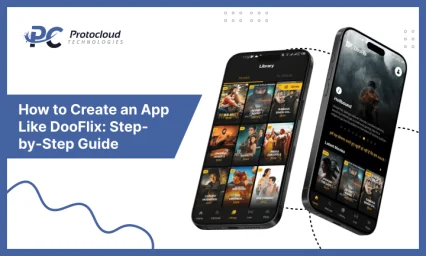




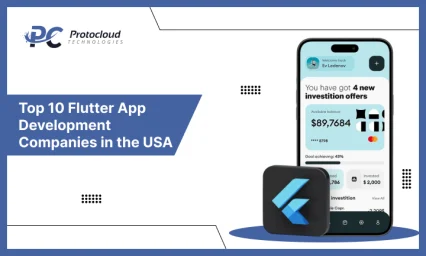
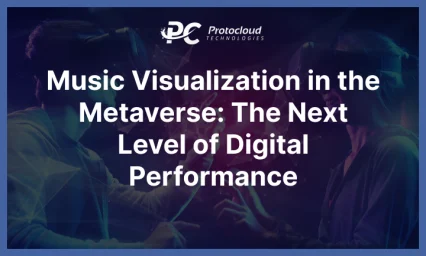


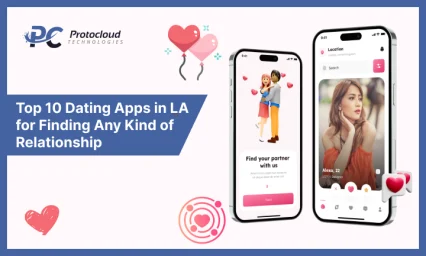



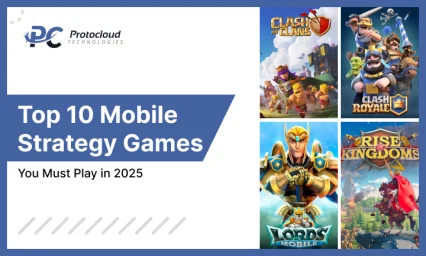





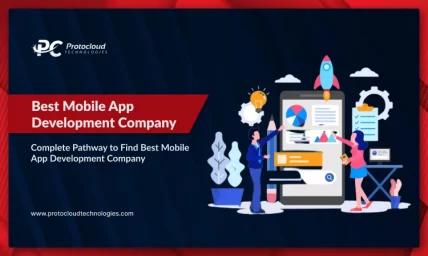




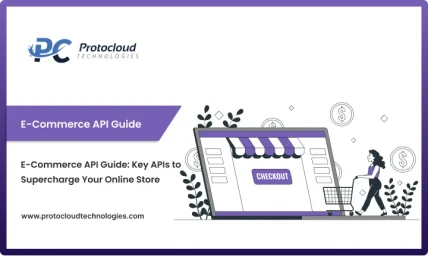
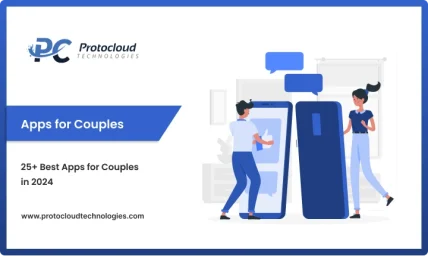

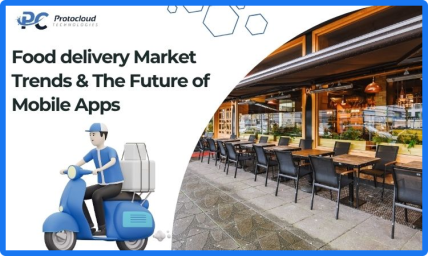

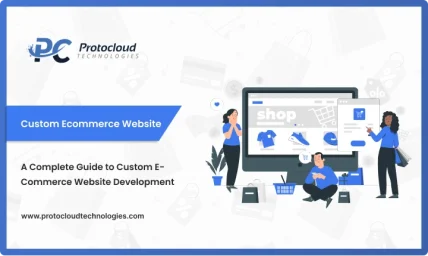
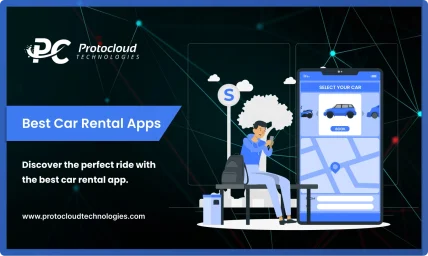



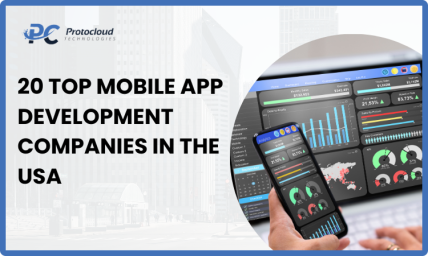





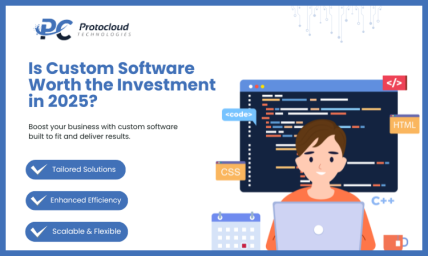






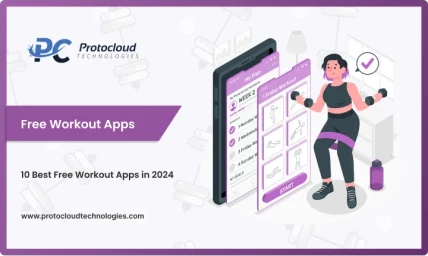






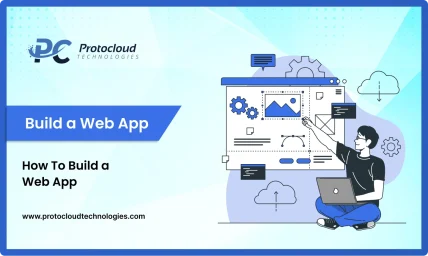

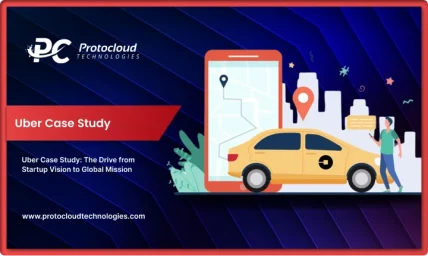




Leave a Reply